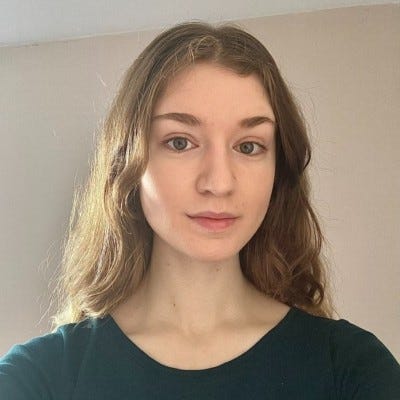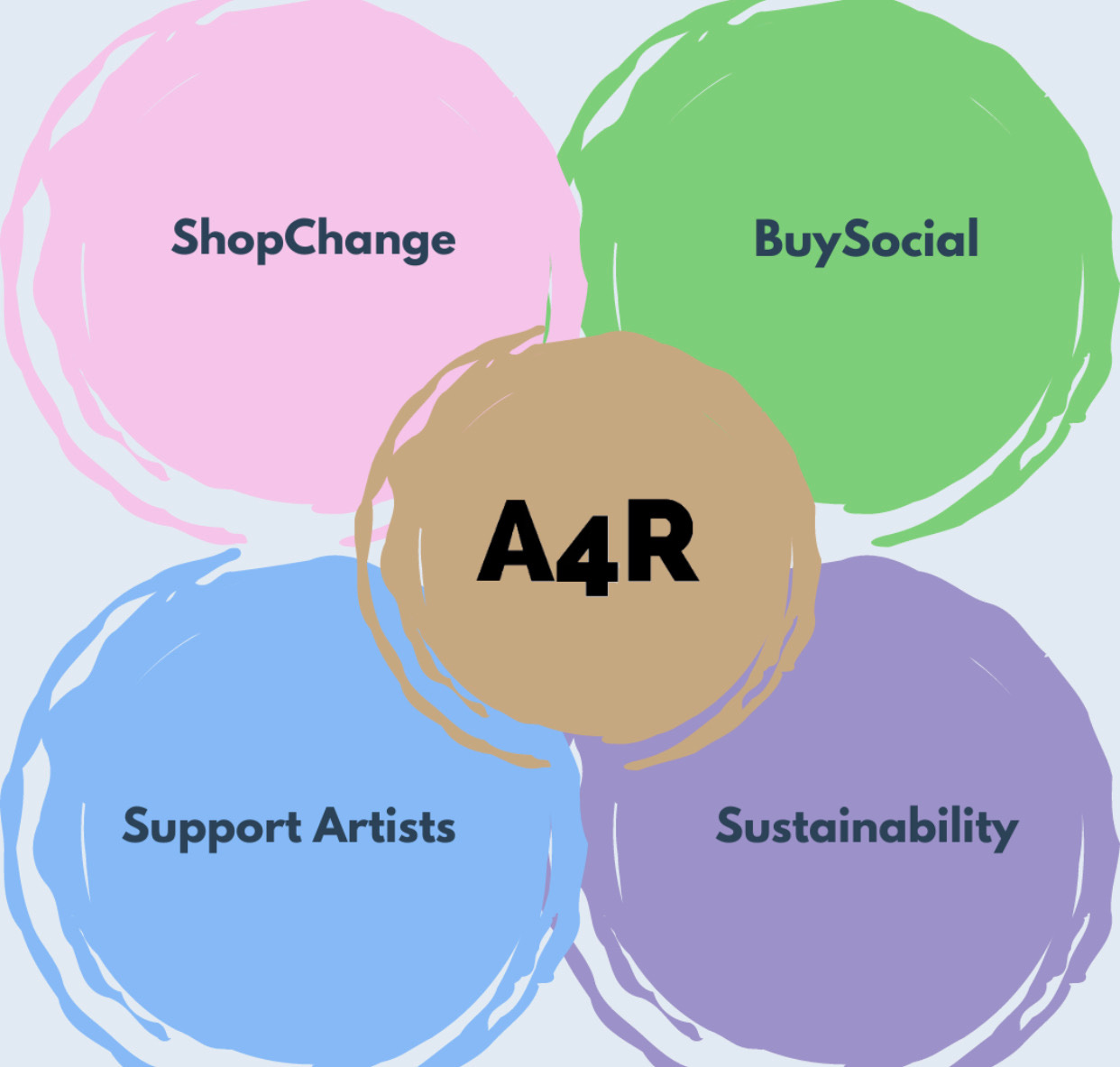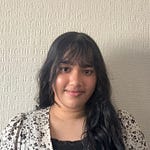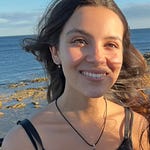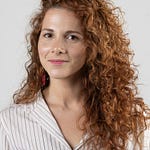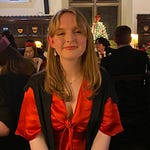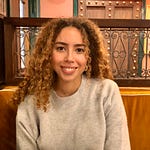Post-conflict region article - Across the divide: The ‘frozen conflict’ in Cyprus
Cyprus’ UN Buffer Zone, or ‘Green Line’, maintains the division between North and South, Turkish and Greek. It’s a legacy of conflict that still influences the personal and social identities of people living in Cyprus across the divide.
Looking to the past, understanding the present
Cyprus gained independence from British rule in 1960. The power-sharing agreement between Greek and Turkish Cypriots ended due to political disputes leading to violence. Thousands of Turkish Cypriots moved to areas where they were the majority and protected by Turkish troops, fleeing Greek Cypriot paramilitary violence. When militant Greek Cypriots staged a coup to unify Cyprus with Greece in 1974, Turkish troops invaded and seized the northern third. Around 150,000 Greek Cypriots became refugees, fleeing to the south. The island was divided, and the UN Buffer Zone was created. Post-conflict, around 50,000 Turkish Cypriots were relocated from the south to the north.
Refugees on both sides left behind houses, land, property, lives, and communities, thinking the move would be temporary. In August 1974, Anna Marangou was on holiday in Varosha, a city now under North Cyprus control. She fled with relatives, wearing only a swimsuit and T-shirt and recalls how “we made our way to the British bases. Everyone said we’d be back in hours”. In reality, it wasn’t until 2003 that crossing the Green Line was permitted. Despite the border opening and end of fighting, the conflict remains unresolved and its effects persist.
Where is home?
Many Greek Cypriots couldn't return home. After the 2003 lifting of restrictions, those who did found it temporary and surreal. Marula Mihaili, forced to leave her childhood home in Yerolakos, returned at 75 years old and a widow. The house was unchanged from 29 years ago: the same furniture, her grandfather’s cuckoo clock on the wall, and the Turkish family using her wedding gift silver set.
Those like Anna who left Varosha (Maraş in Turkish) in the summer couldn’t return until 2020. The city had been sealed off by Turkish troops and kept uninhabited for almost fifty years. Now former inhabitants can return as tourists, but cannot enter their homes, a rule made by Turkish authorities for public safety. In 1974, Savvas Constantinides fled Varosha as a refugee and now a rope line prevents him from seeing his family home. He feels anger at being a spectator in his former home. That anger is shared by those returning from north to south, and vice versa. Alexandra Orfanou returned to Varosha to receive an engagement photo from a kind Turkish Cypriot who wanted to return it. “Loss, loss, loss, that’s what I feel”, says Alexandra. That sense of loss goes beyond material value, encompassing memories and a way of life – parts of their identity which remain unrecoverable for many Cypriot refugees.
Should we live separately, can we live separately?
The reopening of Varosha marks a change in policy by Turkish authorities. They are now considering allowing some Greek Cypriots to reclaim their properties. The catch: reclaimers must accept the legitimacy of the Turkish Cypriot state, which Greek Cypriots are generally reluctant to do. Many, especially older generations, refuse to cross the border. Showing their passport at the border represents recognition of the Turkish Cypriot state. While the southern government is internationally-recognised, the Turkish Republic of Northern Cyprus (TRNC) is only recognised by Turkey.
Turkey and some Turkish Cypriots proposed a two-state solution that hasn’t been internationally accepted, and many Greek Cypriots reject it. In 2004, the UN’s Annan Plan for Cyprus’ reunification was proposed, comprising the Greek Cypriot State and Turkish Cypriot State, governed by their respective communities. Though Turkish Cypriots voted for the Plan, Greek Cypriots rejected it, leading to its dismissal. The recent approach towards Varosha is significant as part of a wider policy for a two-state solution. While both Greek and Turkish authorities have created obstacles to peace talks, this Turkish policy has been criticised by the U.N., the EU, and Russia for undermining a peaceful resolution.
The self-determination of those living in Cyprus. Self-determination is the process by which a country determines its statehood and forms its government. People on both sides of the ‘Green Line’ relate self-determination to their identity. Opinion is divided within communities. Some in the Turkish community see the buffer zone as part of their identity. One Turkish Cypriot described how crossing the zone to work “is not simply travel, but part of my identity. (…) I need both identities, the new one for work …. And for traveling, traveling abroad. But I definitely also need the ‘me’-identity, simply for being me!”.
Others oppose the division. Turkish Cypriot and president of the peace association Union of Cypriots, views the regime in the north as “illegal”. He says Turkish Cypriots who lost land in the south empathise with Greek Cypriot refugees from northern towns, like Varosha.
Who am I?
The Turkish Republic of Northern Cyprus is only recognized by Ankara. This lack of international recognition has created unique identity issues for Turkish Cypriots, with practical and emotional consequences.
Umit is internationally deemed stateless. His mother is a Cypriot citizen and his father came to Northern Cyprus from Turkey. Umit’s identity card isn’t recognised by any state other than Turkey. Despite being born and raised on the island, his Cypriot citizenship since 2006 have been unsuccessful. “I did try to become a Turkish citizen after losing hope at home, I didn’t have any other choice but according to Turkish official records I don’t exist”, Umit says. He worries for his two children, who are also struggling to get Cypriot citizenship, even though their Turkish Cypriot mother holds Republic of Cyprus citizenship.
It complicates identity across generations. Activists helping those taking legal action against the Republic of Cyprus explain that most children feeling pressured to get Turkish citizenship have no connection to Turkey and have never visited. They identify as Cypriots, despite the lack of recognition. These activists argue that every child is entitled to a nationality and that the current practices violate human rights.
Looking to the future
The north-south divide has led to identity questioning, but younger generations are forming connections based on their shared islander identity. For instance, they participate in beach and buffer zone clean-ups to appreciate conservation and work with peacekeepers. The explicit goal is environmental collaboration, but peacebuilding is a bonus. Cyprus advocate, Meryem Ozkan, says, "the environment doesn’t really know boundaries or borders and different nationalities.”
In Pyla, one of the few villages in the UN buffer zone and the only bicommunal village since 1974, the Pyla Peace Festival celebrates the coexistence and cultures of both communities.
These initiatives show the active role people on both sides are taking to work towards a peaceful resolution of this ‘frozen conflict’. However, it is clear that people across the divide, whether Greek or Turkish, are navigating the issues of identity via cooperation and understanding as Cypriots – and as humans.
In this article Daisy discusses the post conflict region of Cyprus. She is a student journalist with us on a placement organised by the Oxford University Career Services. This article was edited using Lex.page.
Thank you for reading an A4R 🎨 Post. Don’t forget to visit our gift shop here. Every purchase scales our impact and pays our bills.



